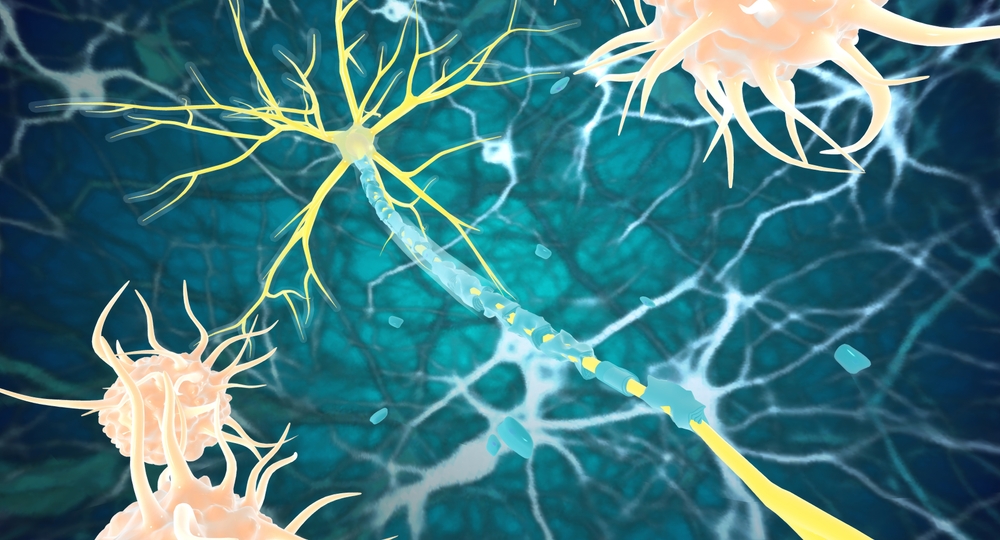Treatments for rare diseases will be overhauled to make it faster and easier to test, manufacture and approve them in the UK, the Medicines and Healthcare products Regulatory Agency (MHRA) has announced.
A new MHRA paper outlines an ambitious review of rare disease treatments that underpins the UK Government’s Life Sciences Strategy.
Central to this reform is addressing the unique barriers that currently prevent life-changing rare disease treatments from being made available to patients, such as low patient numbers and evidence generation challenges, while maintaining patient safety.
Current treatments for rare diseases have limitations
Around 3.5 million people in the UK live with a rare disease, which equates to one child in every classroom. Including carers, this community is larger than the population of London.
Despite this, less than 5% of rare diseases currently have approved treatments. Diagnosis takes an average of 5.6 years, and 30% of affected children die before age 5.
The cost of delayed diagnosis and limited treatment options is estimated at £340 million a year, with a further £4.7 billion in health-related disability costs and an annual economic loss of £14.9 billion.
Major reforms needed to improve diagnosis and treatment
A document published today outlines how the MHRA is considering changing this. The Bill promises major reforms for the UK and sends a huge signal that important changes are on the horizon for people with rare diseases.
Julian Beech, MHRA’s Executive Director for Quality and Access, explained: “The UK has the ingredients to become a world leader in rare disease treatment, including a rich academic infrastructure, a single provider of genomics and a uniquely diverse dataset in the NHS.
“The challenge is to bring all these elements together, and our new framework does that.”
He added: “While there is still work to do, we hope this document reassures everyone affected by rare diseases that we are listening and ready to take bold action to speed discovery to delivery while maintaining strict safety standards.”
Challenges in developing new rare disease treatments
Developing treatments for rare diseases is much more difficult than developing treatments for more common diseases such as diabetes or hypertension.
Recruiting participants and conducting clinical trials can be difficult and expensive due to small, dispersed patient groups and limited scientific understanding of the condition, making it significantly more difficult to gather the evidence needed to prove that treatments are effective.
New advances in science and technology are helping to overcome this problem
Advances in science and technology have enabled highly individualized treatment of even relatively common rare diseases that affect thousands of people in the UK.
Gene-based therapies such as CRISPR and mRNA can be tailored to target specific patient subgroups. With CRISPR, treatments can even be designed based on an individual’s unique genetic profile, even though many other patients share the same symptoms.
Currently, each new orphan therapy requires a different route through regulatory approval, including approval to set up a clinical trial and subsequent approval to sell it in the UK (known as a marketing authorization or licence).
This approach is expensive and inefficient, making it impossible to develop multiple highly targeted treatments.
new direction
Nick Mead, chief executive of the British Genetics Alliance, said:
“This program is an important step towards changing this situation. Accelerating the development of treatments here in the UK will directly benefit people living with rare diseases.”
Although the full framework will not be published until next year, the paper outlines some bold ideas, including whether early single approvals could be issued for both clinical trial applications and marketing authorizations, based on compelling but limited evidence.
This approval is granted with a rigorous safety monitoring plan, including reviews of actual evidence at set frequencies.
This work supports the Government’s Rare Disease Action Plan, as well as long-term plans for the NHS and life sciences sectors.
Source link

